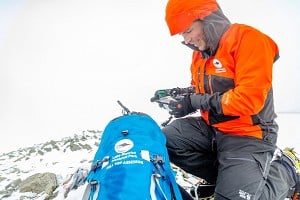In reply to Milesy:
All good stuff.
Id include looking at the orientation of your area of interest too, ie north/south sides of valleys, direction of gullies, proximity to bodies of water. All of which help or hinder.
Ground formation too has much to do with it regarding cooling rates and saturation. What freezes well in one instance melts fast in another.
Then, get any local data possible. Many forecasts work off digital models and can be very wrong. Japan has very predictable conditions in most areas but ive seen freeze levels out by 1000m.
Britain, with its topography, geology, altitudes and off shore currents...good luck. I spent a winter there a while back and felt it took either an obsession, a gift or the toss of a coin









